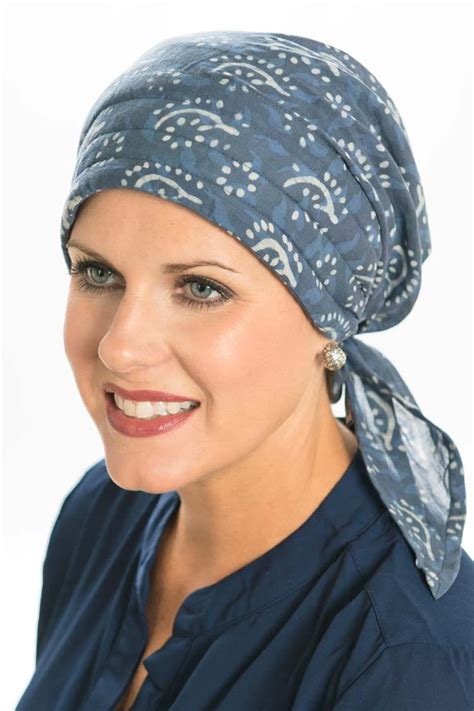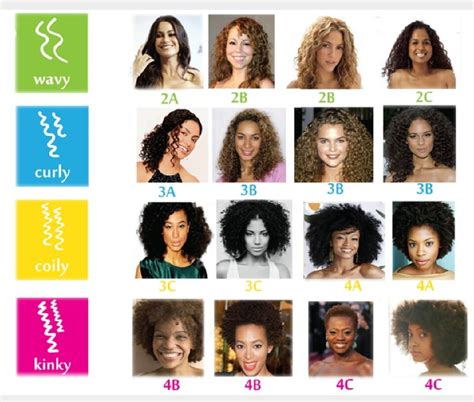Embark on a captivating journey through the boundless realm of curly hair, where each strand unravels a unique narrative of texture, volume, and bounce. From the delicate curls of a Type 2A to the tightly coiled springs of a Type 4C, the spectrum of curly hair is as diverse as the individuals who possess it.

Deciphering the Language of Curls
To fully appreciate the beauty and complexity of curly hair, it’s imperative to understand the language that describes its unique characteristics. The Andre Walker Hair Typing System, developed by renowned hairstylist Andre Walker, provides a comprehensive framework for classifying hair textures into four distinct categories:
-
Type 2 (Wavy): Characterized by subtle bends and waves, Type 2 hair can range from barely noticeable undulations (2A) to more pronounced “S” shapes (2C).
-
Type 3 (Curly): Defined by defined curls that form “S” or “O” shapes, Type 3 hair encompasses a wide range of textures. Type 3A curls are loose and spiral-like, while Type 3B curls are more bouncy and defined, and Type 3C curls are tightly coiled and prone to shrinkage.
-
Type 4 (Coily): The most tightly coiled and densely packed of all hair types, Type 4 hair forms zig-zag or “Z” patterns. Type 4A curls are fine and wiry, while Type 4B curls are coarse and cottony, and Type 4C curls are extremely tightly coiled and resemble fine steel wool.
Understanding the Science Behind Curly Hair
The unique texture of curly hair is a fascinating interplay of hair follicle shape and the composition of the hair shaft. Curls form when hair follicles are oval or elliptical in shape, rather than the round follicles that produce straight hair. This irregular shape causes the hair shaft to grow in a curved or spiral pattern.
In addition, curly hair contains more disulfide bonds than straight hair. These bonds are protein bridges that form between adjacent amino acids in the hair shaft, creating strength and structure. The greater the number of disulfide bonds, the tighter the curl pattern.
A Tapestry of Cultural Heritage and Diversity
Curly hair is a testament to the rich cultural diversity of the human experience. From the vibrant afro styles of West Africa to the flowing ringlets of ancient Greece, curly hair has been celebrated and adorned for centuries.
According to a study by the National Hair and Scalp Institute, over 1 billion people worldwide have curly hair. In the United States alone, approximately 65% of African Americans and 30% of Hispanic Americans have naturally curly hair.
Embracing the Beauty of Curly Hair
In recent years, there has been a growing embrace of natural hair textures, including curly hair. This shift in societal norms has been driven by a desire for authenticity, self-expression, and appreciation for the beauty of diversity.
Embrace the unique texture of your curly hair and discover its endless possibilities. With proper care and styling, curly hair can be a source of confidence, creativity, and joy.
Type 2A: Loose Waves
- Waves are barely noticeable and may only be visible when hair is wet or styled.
- Hair is typically fine and can be prone to oiliness.
- Best styles: Beach waves, loose curls, and bobs.
Type 2B: Defined Waves
- Waves are more pronounced than Type 2A and form “S” shapes.
- Hair is thicker and may have a tendency to frizz.
- Best styles: Curls, loose buns, and braids.
Type 2C: Coils
- Coils are more tightly wound than waves and resemble “S” or “O” shapes.
- Hair is coarse and may be prone to breakage.
- Best styles: Curls, afros, and twists.
Type 3A: Loose Curls
- Curls are loose and spiral-like.
- Hair is typically medium in thickness and has a natural bounce.
- Best styles: Curls, ringlets, and braids.
Type 3B: Bouncy Curls
- Curls are more defined and bouncy than Type 3A.
- Hair is thicker and may be prone to tangles.
- Best styles: Curls, updos, and buns.
Type 3C: Tight Curls
- Curls are tightly coiled and prone to shrinkage.
- Hair is coarse and may be prone to dryness.
- Best styles: Twists, braids, and afros.
Type 4A: Fine Coils
- Coils are fine and wiry.
- Hair is delicate and may be prone to breakage.
- Best styles: Twist-outs, Bantu knots, and locs.
Type 4B: Coarse Coils
- Coils are coarse and cottony.
- Hair is dense and may be prone to tangles.
- Best styles: Twists, braids, and afros.
Type 4C: Tight Coils
- Coils are extremely tightly coiled and resemble fine steel wool.
- Hair is dense and may be prone to shrinkage.
- Best styles: Wash-and-gos, twists, and locs.
Styling curly hair requires a delicate balance of moisture, definition, and hold. Here are some tips and tricks to help you master the art of curly hair styling:
-
Embrace Your Natural Texture: Don’t try to fight your natural curl pattern. Instead, find styles that enhance and celebrate your unique texture.
-
Use Products Designed for Curly Hair: Look for products that contain moisturizing ingredients, such as shea butter, avocado oil, and coconut oil. Avoid products that contain alcohol or sulfates, which can dry out and damage curly hair.
-
Co-Wash Regularly: Co-washing, or washing hair with conditioner only, can help to preserve moisture and prevent dryness. Co-wash your hair every 2-3 days, or as needed.
-
Deep Condition Regularly: Deep conditioning helps to repair damaged hair and restore moisture. Deep condition your hair once a week or every other week, depending on the condition of your hair.
-
Define Your Curls: Use a curl cream or mousse to define your curls and prevent frizz. Apply the product to damp hair and scrunch it in to evenly distribute the product.
-
Protect Your Curls: Sleep on a silk pillowcase to prevent friction and breakage. Use a wide-toothed comb or detangling brush to gently detangle your hair.
-
Embrace the Frizz: Frizz is a natural part of curly hair. Instead of trying to eliminate frizz, learn to embrace it and incorporate it into your style.
Benefits of Embracing Curly Hair
Beyond its aesthetic appeal, curly hair offers a host of benefits:
-
Flexibility and Versatility: Curly hair is incredibly versatile and can be styled in a wide range of ways, from sleek buns to voluminous afros.
-
Increased Volume and Body: Curls naturally add volume and body to hair, making it an ideal choice for those with fine or thin hair.
-
Moisture Retention: The tight coils of curly hair help to trap moisture, which can keep hair looking hydrated and healthy.
-
Protection from Damage: The disulfide bonds in curly hair make it more resistant to damage caused by heat styling and environmental factors.
-
Cultural Heritage: Curly hair is a testament to the rich cultural diversity of the human experience. Embracing curly hair can be a way to celebrate your heritage and connect with your community.
While curly hair offers many benefits, it can also come with its own set of challenges:
-
Moisture Sensitivity: Curly hair tends to be more prone to dryness and breakage, especially in harsh environmental conditions.
-
Frizziness: Frizz is a common issue for curly hair, especially in humid conditions.
-
Detangling: Curly hair can be difficult to detangle, leading to breakage and damage if not done properly.
-
Styling Difficulty: Styling curly hair can be time-consuming and challenging, especially for those who are new to caring for curly hair.
Tips and Tricks for Overcoming Challenges
-
Use a Wide-Toothed Comb or Detangling Brush: Use a wide-toothed comb or detangling brush to gently detangle your hair. Start at the ends and work your way up to the roots, using a leave-in conditioner or detangling spray to provide lubrication.
-
Apply a Deep Conditioning Mask: Deep conditioning masks help to repair damaged hair and restore moisture. Use a deep conditioning mask once a week or every other week, depending on the condition of your hair.
-
Create a Frizz-Fighting Routine: Use products that contain humectants, such as glycerin and honey, to help your hair retain moisture and prevent frizz. Avoid products that contain alcohol or sulfates, which can dry out and damage curly hair.
-
Consider Professional Hair Treatments: If you are struggling to manage your curly hair, consider consulting with a professional hairstylist who specializes in curly hair. They can provide you with personalized advice and recommend hair treatments that can help to improve the health and appearance of your hair.
Curly hair has the potential to be a source of confidence, creativity, and joy. By embracing your natural texture and learning to care for and style your hair properly, you can unlock its full potential.
Applications for Curly Hair
The unique texture of curly hair lends itself to a
